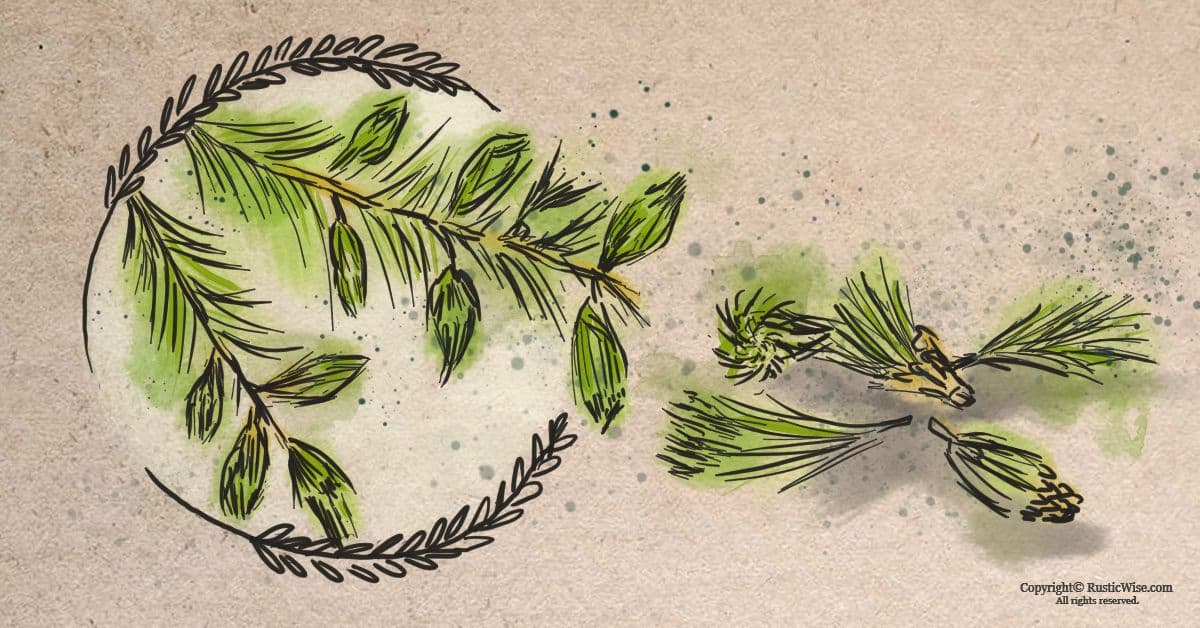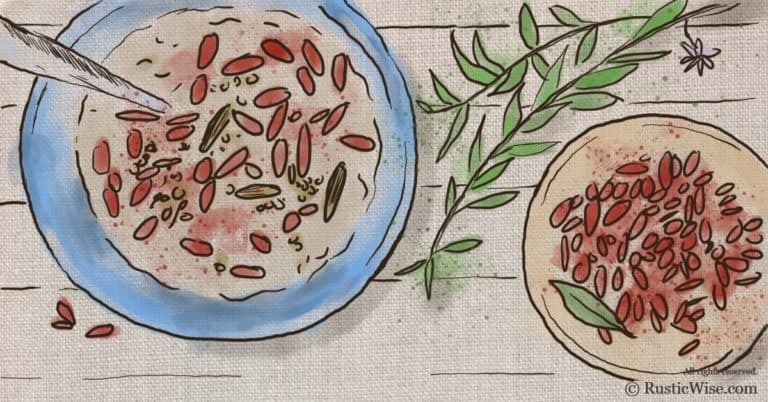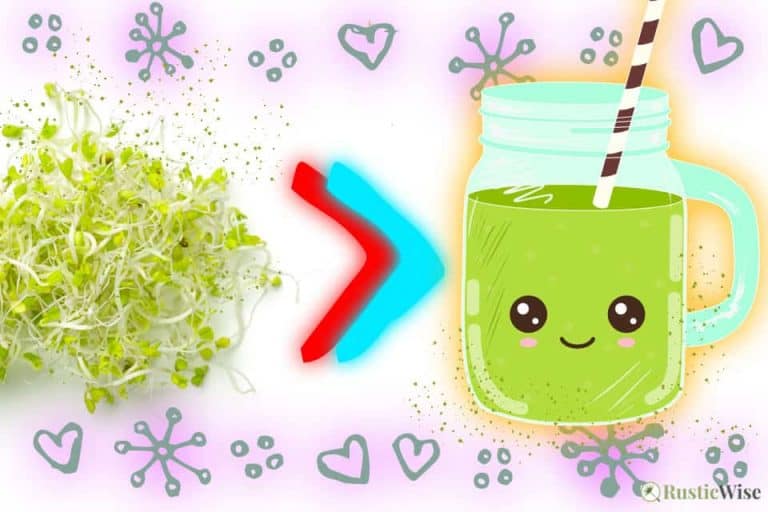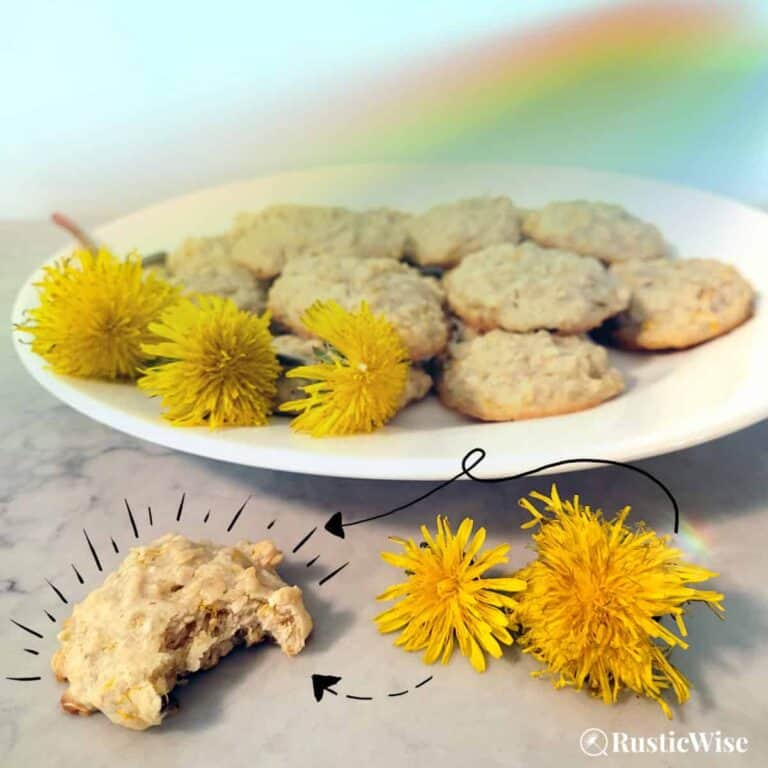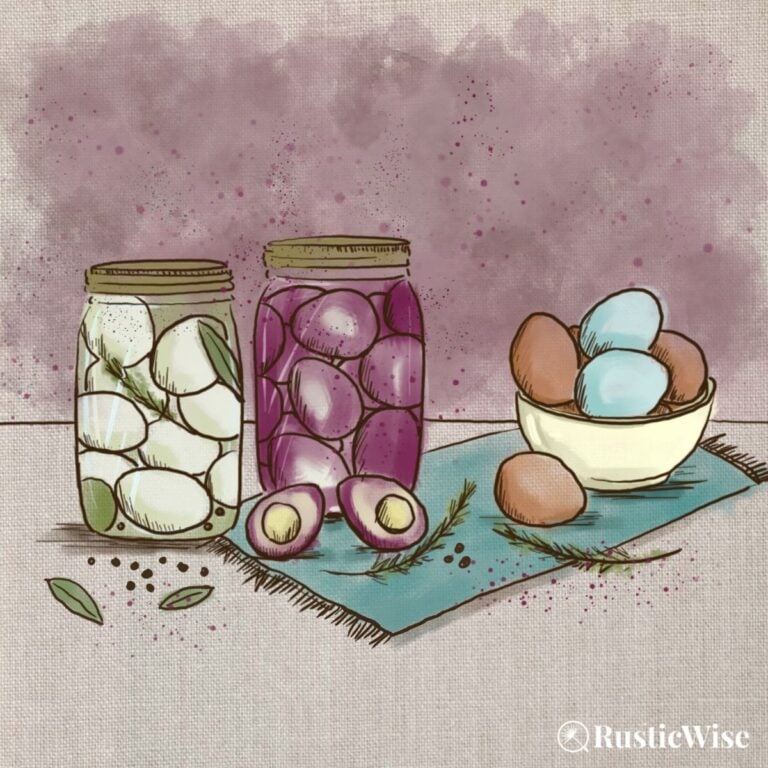Are Spruce Tips Edible? How to Identify, Forage, and Use this Evergreen
After a long, harsh Canadian winter, one of the first signs of spring (besides melting snow), is the emergence of bright-green spruce tips.
Usually, one of my kids is the first to notice them on one of our regular walks around the neighborhood where spruce trees are abundant. While plants and flowers steal the spotlight in the foraging world, evergreen trees are often overlooked.
Are spruce tips edible? Most types of evergreens such as spruce, fir, and pine are edible. Spruce tips have a lemony, tart, citrus-y flavor. Traditionally, First Nations used spruce tips for their medicinal properties (they are antibacterial, antimicrobial, and help stimulate the immune system). Spruce tips are a staple in Nordic cuisine, and are used by many North American chefs specializing in locally-foraged foods to spruce up (pun intended) their menus.
While you can buy spruce tips at your local farmers market, you can also buy them fresh or dehydrated online. But in the spirit of fun and frugality it’s great to forage and harvest your own spruce tips (once you’ve properly identified the tree of course).
What’s the difference between spruce, pine, and fir needles?
It’s very easy to confuse spruce, pine, and fir trees. After all, they are all conifers and pretty much look like Christmas trees. So here’s a quick way to identify each one by looking more closely at its needles:
- Spruce trees have sharp and spiky needles. If your arm brushes up against a branch, it’ll hurt. Spruce tree needles grow in all directions around each branch. Pick off an individual needle—it should be round and roll easily along your palm or fingers. The bark texture is flaky and rough. Spruce cones hang downwards from branches.
- Fir trees are a bit friendlier when brushed up against as its needles are softer and flatter. Fir needles grow on opposing sides of each branch for a flatter look. When you pick off a needle it also lies flat and doesn’t roll around easily in your hand like that of a spruce needle. The surface of the bark might have bubbles which are indicative of the sap running underneath.
- Pine tree needles tend to be longer than that of fir or spruce. The needles on each branch also typically grow in groups of two, three, or five, whereas spruce and fir needles grow individually.
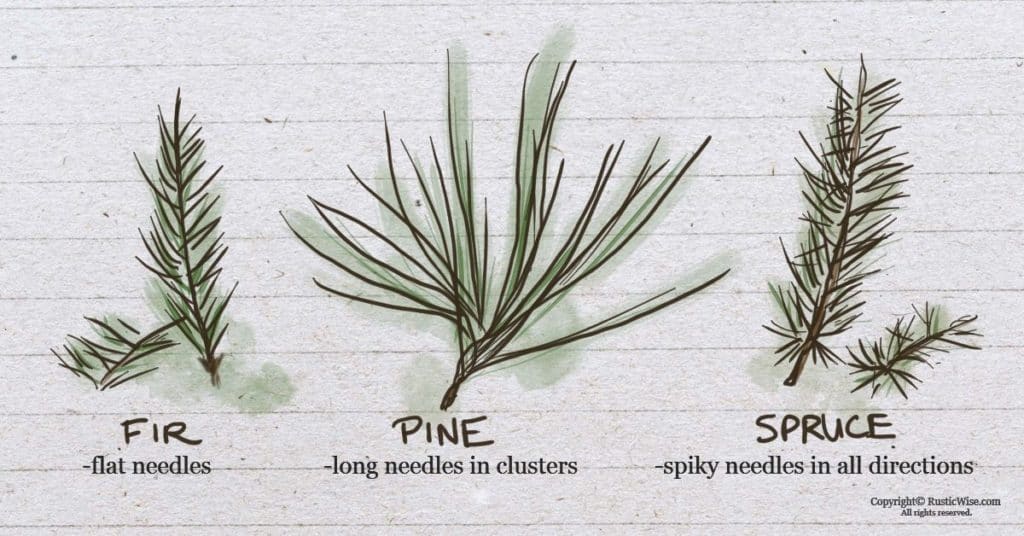
How and when to harvest spruce tips
Gather spruce tips in spring. There’s a small window of a few weeks in which to harvest young spruce tips when they are young, tender, and bright-green—they have just emerged from brown husks. If you pick them too early, the casing around the tips is tough to remove. If you wait too long, the flavor changes and becomes bitter.
So where do you go foraging for spruce tips? Spruce trees grow throughout most regions in North America, particularly in cold and temperate regions. Chances are you may have one in your own backyard. Once you’ve properly identified a spruce tree, you’re ready to begin harvesting!
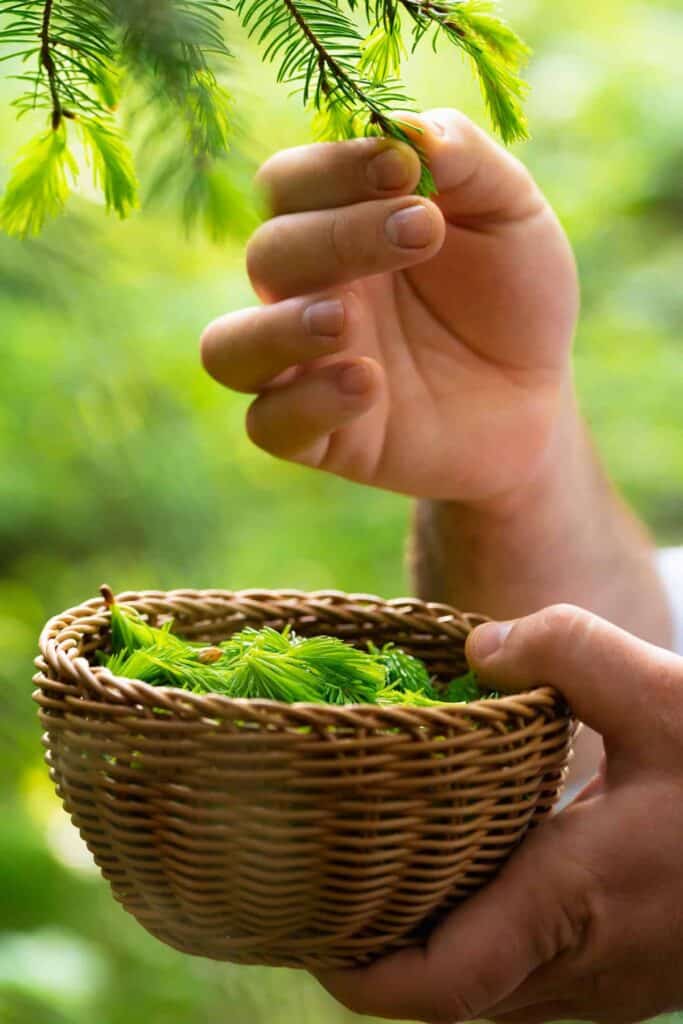
Credit: Vector State
All you need is a small bag or bucket to hold your foraged treasures. You might want to wear a long-sleeved shirt to protect your arms from the spiky spruce needles.
While you can use a pair of scissors to clip them off, it’s easier to simply pluck them off with your hands. Young spruce tips are tender to the touch unlike mature spruce needles which are spiky. It’s a good idea to leave at least one or two young spruce tips on each branch.
Avoid plucking off the bud at the top of the tree (the terminal bud) as this stunts its growth. Try picking spruce tips from more mature trees to allow younger trees time to grow.
Keep in mind that the flavor of spruce tips can vary from location to location, from tree to tree. Growing conditions and the amount of sunlight can affect the taste. If you find a tasty tree, try to remember it for next year. If you happen to pick a few unpalatable spruce tips, don’t give up, try another tree!
Most native coniferous trees including most spruce varieties of Canada and the US are edible. However, beware of a dangerous lookalike: the yew tree. Yews have red berries, scaly bark and are poisonous.
A few harvesting tips for safety and sustainability:
- Take care to properly identify the tree(s) you’re harvesting from. If you’re unsure, ask a local foraging expert.
- Ensure the area you’re foraging in is free of chemicals.
- Stay well away from roadsides and edges of farmer’s fields to avoid pollutants and pesticides.
- Avoid over-harvesting from a particular tree and/or area.
How to prepare and store spruce tips
Once you’ve gathered enough spruce tips, gently remove any leftover casings. If picked at the optimal time, the casings should be fairly easy to remove. Place in a colander and rinse well. Allow to dry, or pat dry with a clean towel.
Freshly harvested spruce tips keep in the fridge for a long time—for several weeks or longer. You can keep them in a loosely wrapped plastic produce bag with a damp paper towel around the tips. Or, if you have perforated plastic bags, or Tupperware with air vents, those work great too.
You can also freeze them as you would other greens.
Are spruce tips good for you?
Raw conifers such as spruce, fir, and pine are full of vitamin C. They reportedly contain more vitamin C than many citrus fruits. Spruce tips also are used for medicinal purposes. When you feel a cold coming on, brew a pot of spruce needle tea to soothe a sore throat, and improve your breathing.
Are spruce tips edible: how to use spruce tips in the kitchen
The citrus-y flavor of spruce tips is versatile and goes well with both sweet and savory dishes. They can be eaten raw, added to salads, or as a zesty addition to desserts. Their flavor is great as an infusion (think syrup, honey, and oils).
Keep in mind that when cooked for a few minutes, spruce tips turn brown (a bit disappointing if you’re looking to add a splash of green-color to your dish). So if you’re planning on adding it to cooked dishes, do so at the last minute.
Spruce tip recipes
Wild Pilaf with Lemony Spruce Tips and Pine Nuts
From the author of the book Foraged Flavor, Tama Matsuoka Wong brings us this simple recipe using the bright flavor of spruce tips and toasted nuts to brighten up basic rice (via Food52).
The naturally citrus-y flavor of spruce lends itself perfectly for a refreshing ice cream treat (via Forager Chef).
Make a large pitcher of refreshing jasmine green tea plus spruce tips—perfect for quenching thirst. (via Palatable Pastime).
Just three ingredients are called for in this simple (yet tasty) syrup recipe (via Bakers Brigade).
Oil-Free Spruce Tip Pesto, Vegan
A vegan and oil-free pesto recipe using basil, spruce tips, pine nuts and nutritional yeast (via Nutri Planet).
A rich amber ale with citrus-y notes from spruce or fir tips (via Honest Food). Enjoy in a tulip glass to fully appreciate the aromas.
👉 If you like this post, see our Timeless Guide To Foraging for Wild Food. 🌿
Would you like more timeless tips via email?
Fun tips to help you live an independent, self-sustaining lifestyle. Opt-out at any time.


References
- ZenSeekers, Tell the difference between pine, spruce and fir, https://www.zenseekers.com/story/tell-difference-between-pine-spruce-and-fir. Accessed August 2020.
- Britannica, Conifers & Other Gymnosperms, Spruce, https://www.britannica.com/plant/spruce. Accessed August 2020.
- Chavich, Cinda (15 April 2014). “Backyard harvest: Taking advantage of spring’s first crop.” The Globe and Mail. Accessed August 2020.

Author: Theresa Tesolin
Theresa is co-founder of RusticWise. She helps people unleash their inner DIY spirit by encouraging them to get dirty and make or grow something from scratch.

